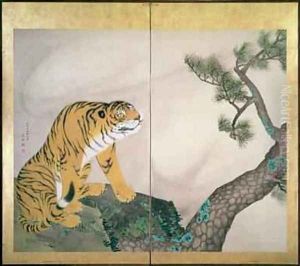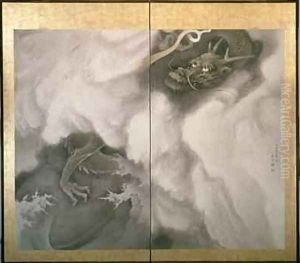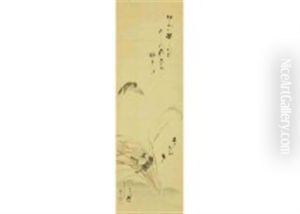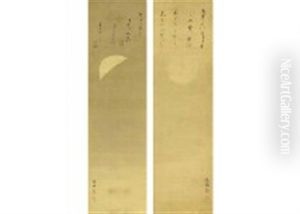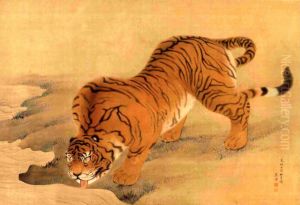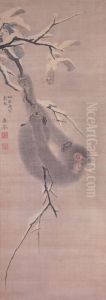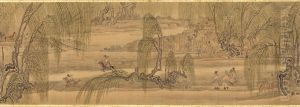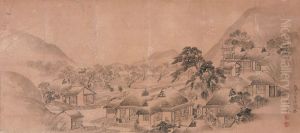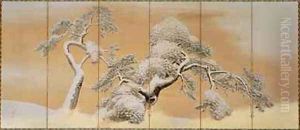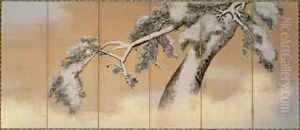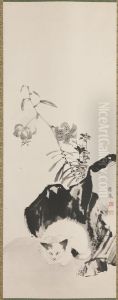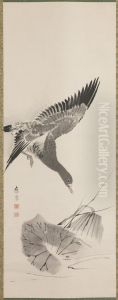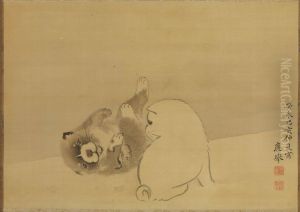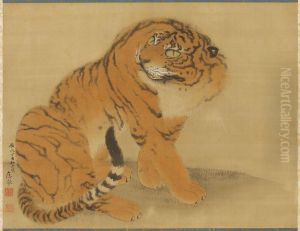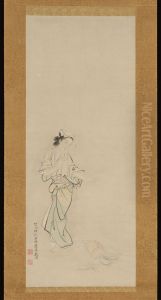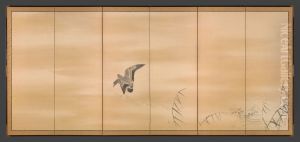Maruyama Okyo Paintings
Maruyama Okyo, born Maruyama Masataka, was a prominent Japanese artist known for his unique painting style that blended Western realism with Eastern decorative aesthetics. Born on June 12, 1733, in Ano-o, a village in the Tamba region (present-day Kyoto Prefecture), Okyo's early life was modest, as he was born into a farming family. However, his artistic talents became apparent at a young age, leading him to pursue a career in the arts.
Okyo moved to Kyoto, where he became an apprentice to a local painter of the Kanō school, which was the dominant style of painting at the time. The Kanō school is characterized by bold brushwork and a strong emphasis on Chinese-inspired themes. However, Okyo was deeply influenced by the naturalistic painting style of Ito Jakuchu, a contemporary artist known for his detailed and realistic depictions of animals and plants. Okyo was also exposed to Western art, which had begun to trickle into Japan via Dutch trade. The influence of Western realism is evident in his use of perspective and shading, which added depth and dimension to his work.
Okyo's innovative approach soon led to the development of his own distinctive style. He founded the Maruyama school of painting, which emphasized observation from life. This was a departure from the stylized and idealized forms of traditional Japanese painting. Okyo's subjects included landscapes, flora and fauna, and genre scenes, all depicted with a meticulous attention to detail and a lifelike quality. His paintings were not only appreciated for their aesthetic qualities but also for their emotional depth.
Among his notable works are the 'Crane' and 'Pine Trees' screens, which showcase his ability to capture the essence of his subjects with a few skillful brushstrokes. Okyo's legacy extends beyond his paintings; his school of thought influenced a generation of artists, including his student Nagasawa Rosetsu, who further pushed the boundaries of Japanese painting.
Maruyama Okyo died on August 31, 1795, leaving behind a body of work that had a lasting impact on the trajectory of Japanese art. His innovative spirit and integration of Western techniques with Japanese sensibilities paved the way for subsequent artists to explore new ways of expression and contributed significantly to the development of modern Japanese painting.
